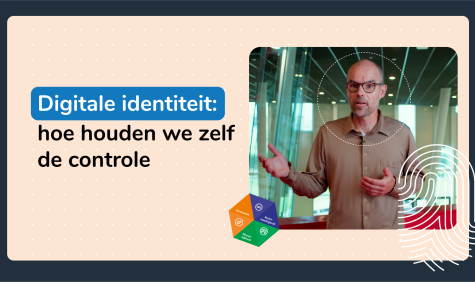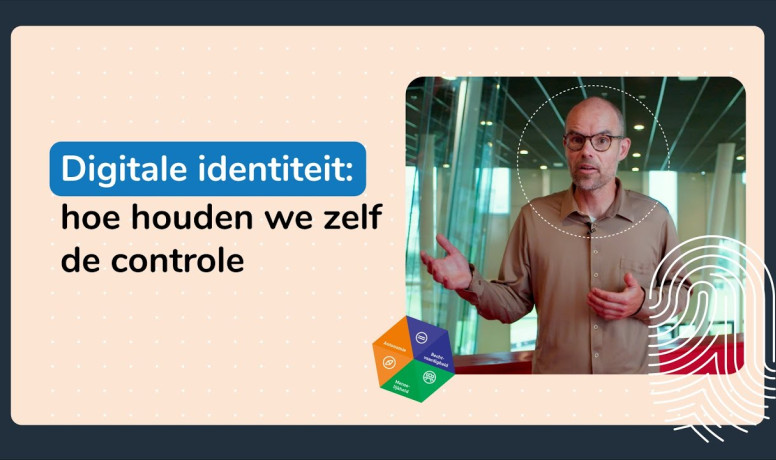How do we stay in control of our digital identity?
Identity & access management, or IAM, is an area of expertise that is high on the agenda in education and research. More and more applications and platforms are available to us, however most of them we cannot use without our digital identity.
The digital transformation of education and research brings convenience. We can collaborate online much more easily, processes are automated which diminishes manual work, time and mistakes. But it also means that we use more products, and also from a wider variety of suppliers who ask for personal data.
Our digital identity plays a major role in all these developments. In what way does our digital identity take shape? Which data in it belongs to you? And, how do you make sure they remain yours? SURF provides services that ensure that our users remain in control of these data themselves. In this way, suppliers comply with the public values we have agreed on together.
Proud of all that we achieve together
SURF works on innovations, such as a self-sovereign identity wallet, on the one hand, and builds and maintains existing services, such as eduID, an umbrella digital student identity independent of an institution, on the other.
SURFconext is one of SURF's key solutions. It arranges for researchers, students and staff to securely access all kinds of digital products from many different suppliers. SURFconext has been embraced by the whole sector and also other sectors are watching with great interest how we organise this in education and research. An additional advantage for the user is that you can access almost everything with a single login.
This video shows what we as a sector have already achieved together and what we think is important, whether you are a student or an ict director. Because all of us are in favour of maintaining the autonomy of education and research. How do we stay in control, now and in the future? (subtitles also available in English)

